The Kofun Period and Its Significance in Japanese History

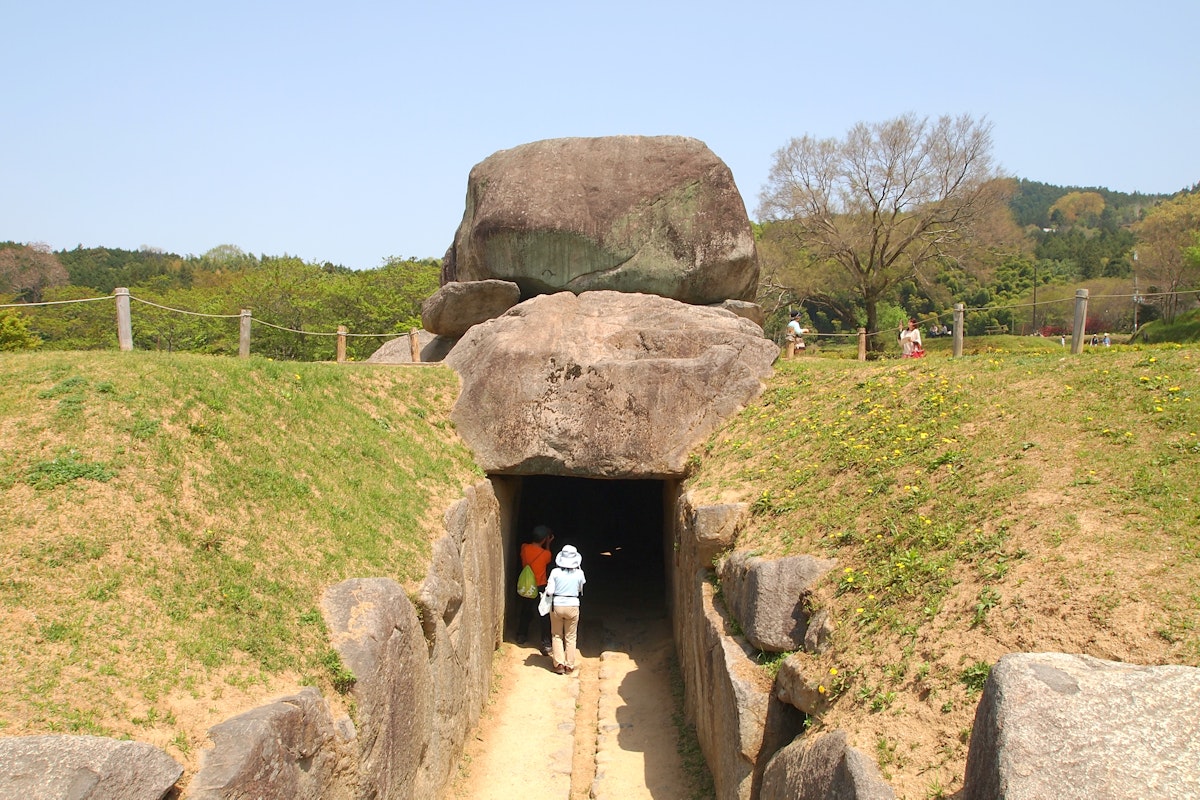
The Kofun Period, spanning from around 300 to 538 AD, is a fascinating era in Japanese history that witnessed significant cultural and political transformations. Named after the distinctive keyhole-shaped burial mounds (kofun) that proliferated during this time, the Kofun Period marks the emergence of a unified political state in Japan's Yamato plain. This period is crucial for understanding the foundation of many traditional Japanese practices and the formation of the country's unique identity.
In the annals of Japan's historical timeline, the Kofun Period stands as a bridge between the ancient and classical eras, paving the way for the Asuka Period that followed. It was a time of remarkable social evolution, characterized by the advent of social hierarchies, increased trade activities, and the development of the Japanese writing system.
The art and architecture of this era, particularly the Haniwa terracotta figures and the tumuli or burial mounds, offer valuable insights into the socio-political landscape of the time. This article delves into the rich tapestry of the Kofun Period, its significance in Japanese history, and the lasting impacts it has left on Japanese society and culture.
Understanding the Kofun Period
The Kofun Period, a fascinating epoch in Japanese history, spanned from around 300 to 538 AD. This era is named after the characteristic keyhole-shaped burial mounds or 'kofun' that were constructed during this time. These mounds, found predominantly in Osaka and Saitama prefectures, are a testament to the architectural prowess of ancient Japan. The Kofun period is significant as it marked the emergence of a powerful centralized authority, the Yamato polity, on the Honshū island.
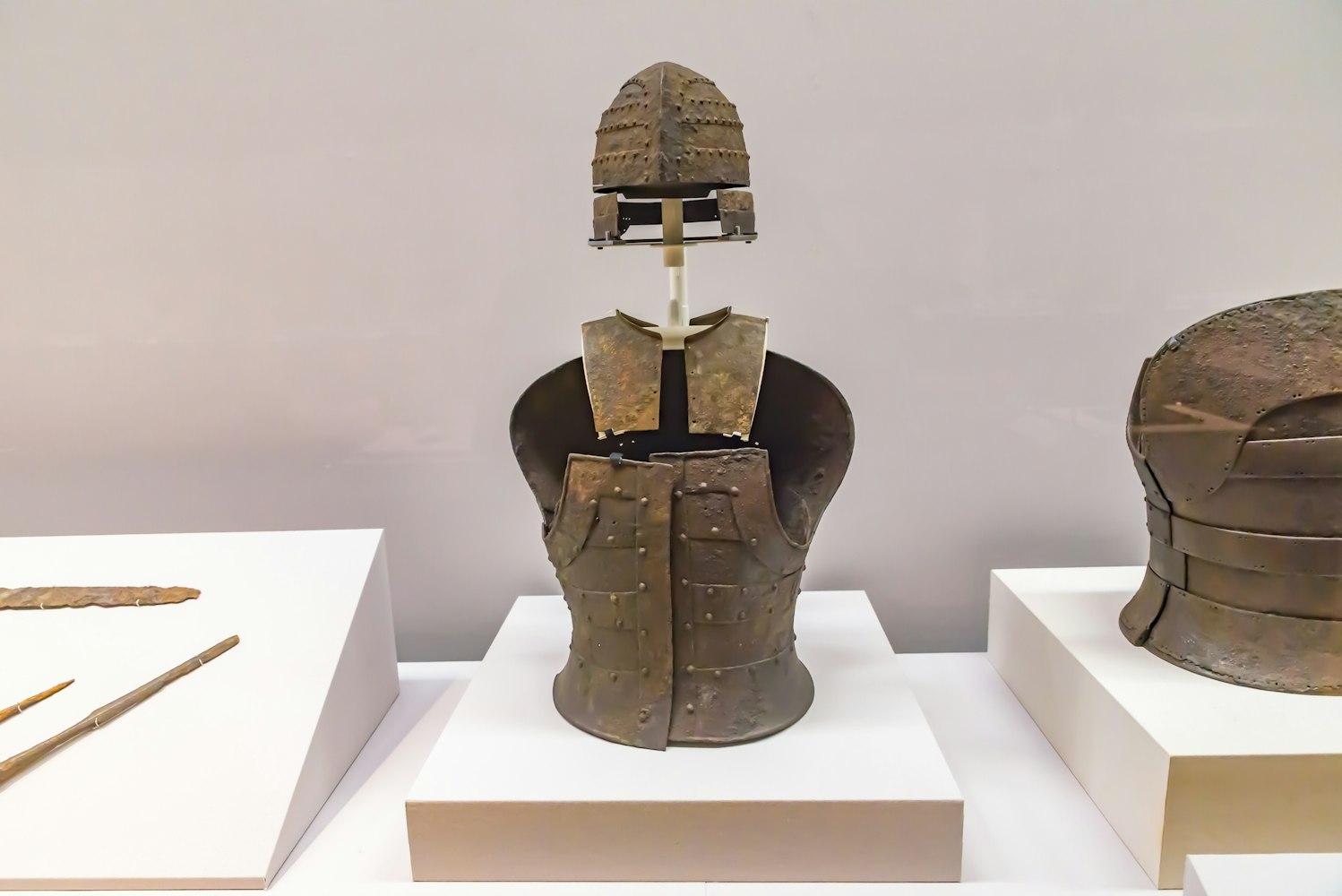
The Kofun period was preceded by the Yayoi period (300 BC-300 AD) and followed by the Asuka period (538-710). This period witnessed the shift from the Yayoi's agricultural society to a more complex political structure. The construction of tomb mounds reached its peak during this period, with the size and complexity of the mounds reflecting the power and influence of the ruling class. The largest of these is the Daisen Kofun in Sakai City, Osaka, believed to be the tomb of Emperor Nintoku.
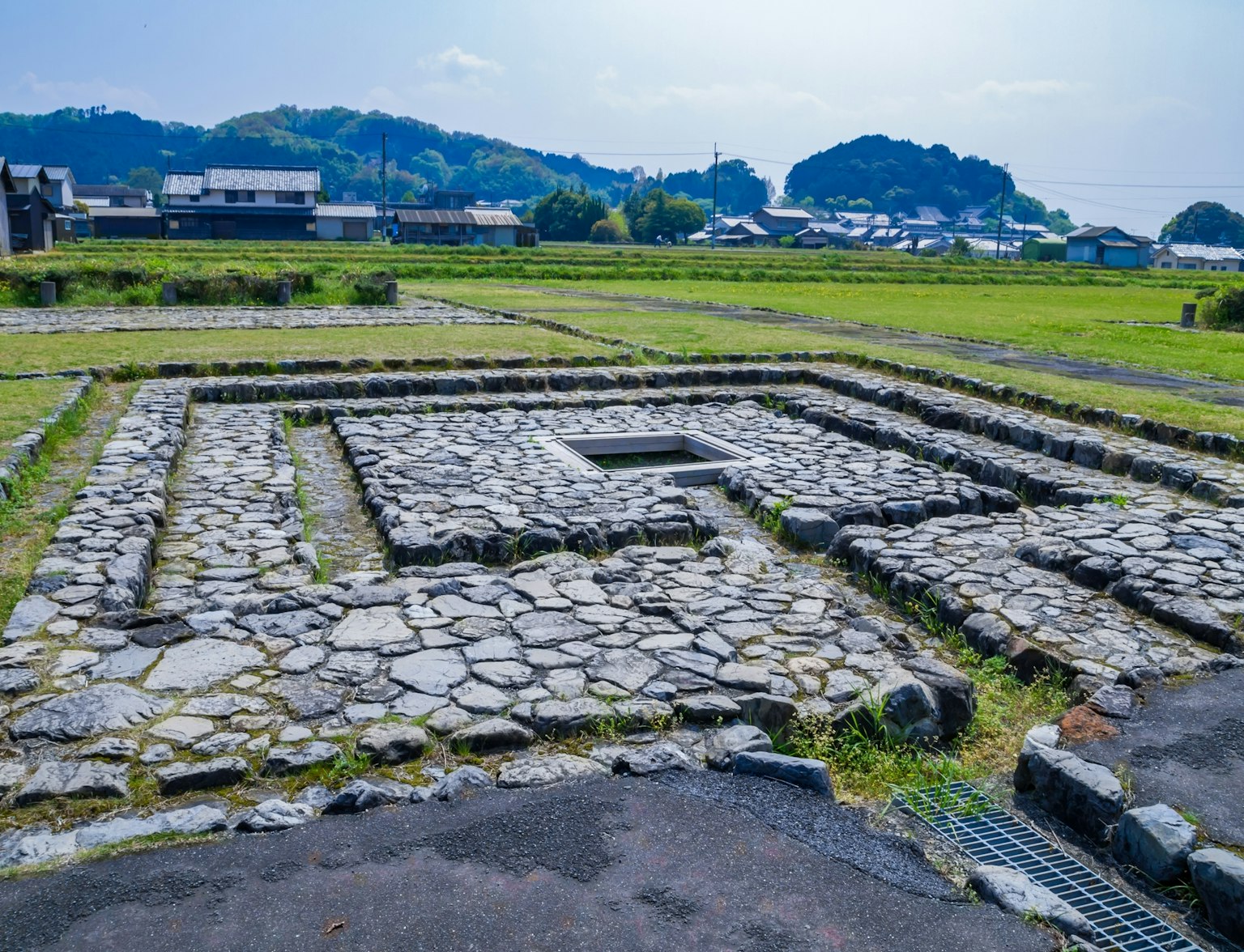
This tour is an opportunity to experience a Japanese village with a glorious past.
Political Structure During the Kofun Period
The political landscape of the Kofun period was dominated by the rise of the Yamato clan, which later established the imperial court in the Nara prefecture. This period witnessed the consolidation of political power under the Yamato polity, marking the beginning of the transition towards a state-like structure. The Yamato leaders, who claimed divine descent, held both religious and political authority, controlling vast tracts of agricultural land across the region.
The ruling class often used burial mounds as a display of their power. These monumental structures, filled with burial treasures such as bronze mirrors, weapons, and Sueki pottery, served as symbols of authority and status. The political structure was heavily influenced by Chinese and Korean models, with the Yamato leaders adopting royal titles similar to the Chinese emperor. However, the Yamato state retained its unique character, distinguishing it from its continental counterparts.
Read More: The Tale of Genji - World's First True Novel Written in Japan
Cultural Influences and Changes in the Kofun Period
The Kofun period was marked by significant cultural changes and influences. The burial mounds themselves are a testament to the rich material culture of the time. They were often decorated with intricate Haniwa terracotta figures, reflecting the artistic flair of the period. The shift in pottery styles, particularly the introduction of Sueki pottery, is another key cultural change during this period.
Chinese and Korean influences were prevalent during the Kofun period. Chinese records, for instance, provide valuable insights into the political and social structure of the Yamato kingdom. The adoption of Buddhism, which came to Japan via Korean kingdoms, brought about significant changes in religious practices. Despite these influences, the Kofun period saw the development of a distinctly Japanese culture, paving the way for the classical Asuka and Nara periods that followed.
Characteristics of the Kofun Period
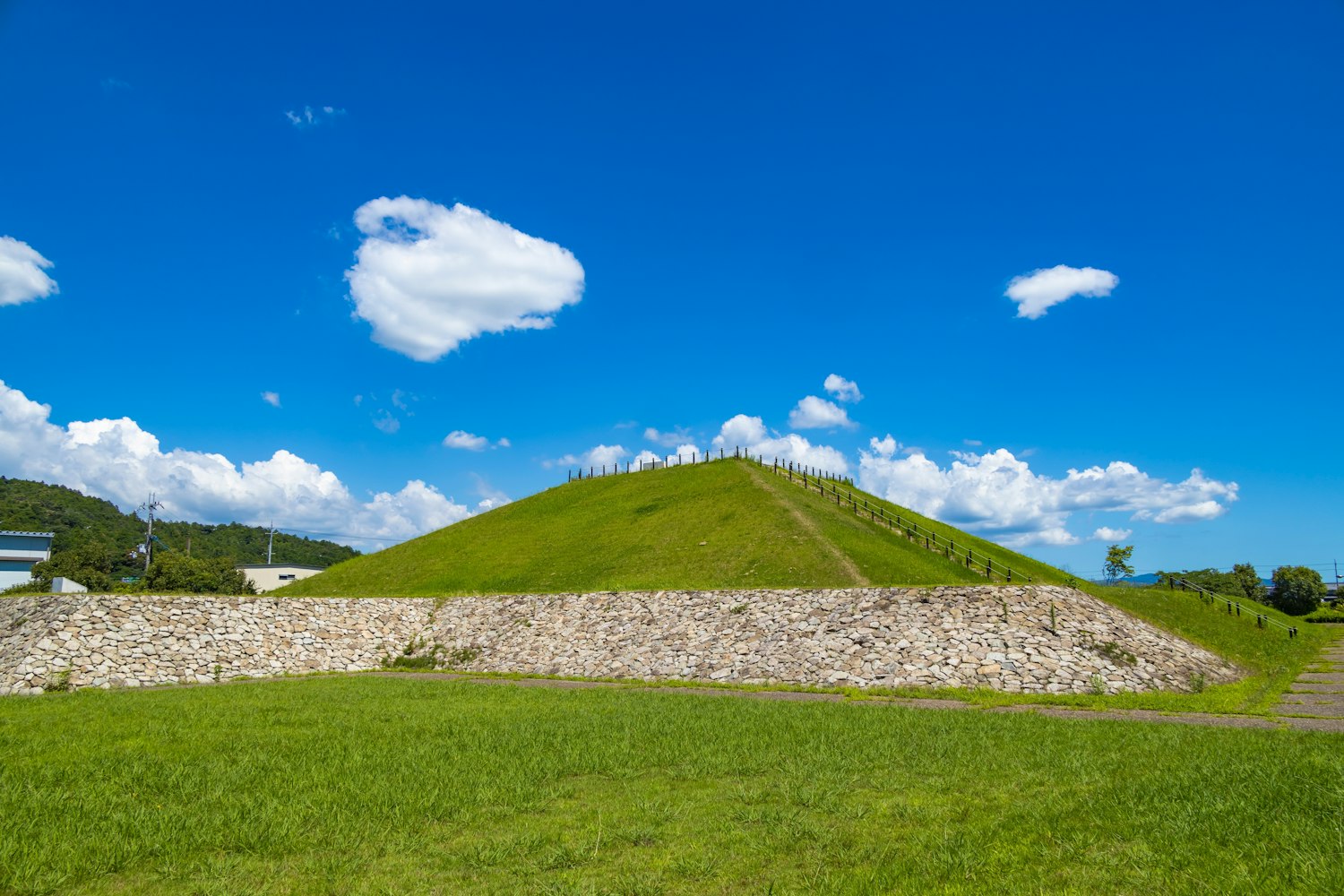
The Advent of Keyhole-Shaped Burial Mounds
The most defining characteristic of the Kofun period was the advent of keyhole-shaped burial mounds, referred to as 'kofun'. These kofun were built for the ruling class and varied greatly in size and shape, ranging from small round mounds to massive keyhole-shaped structures several meters long.
The practice of building these monumental sepulchral mounds was a testament to the power and status of the rulers. The largest known kofun is the Daisen Kofun in Sakai City, Osaka, believed to be the tomb of Emperor Nintoku.
The construction of these mounds was not just a burial practice but also a reflection of the social and political changes taking place during this period. The intricate decorations and valuable goods buried within these mounds provide insights into the material culture, beliefs, and ritual life of the Kofun people.
Evolution of Social Classes and Hierarchies
The Kofun period saw the development of an aristocratic society with militaristic rulers. This period was a critical stage in Japan's evolution into a cohesive state, marking the transition from an agricultural society to a complex political structure. The rise of the Yamato clan and the establishment of the imperial court were significant milestones in this evolution.
Social hierarchies became more defined during the Kofun period, with the ruling class, military leaders, and religious authorities gaining prominence. The construction of elaborate kofun mounds for the elite further emphasized these social distinctions. Despite the militaristic rule, communities remained close-knit, and people frequently participated in agricultural ceremonies and festivals.
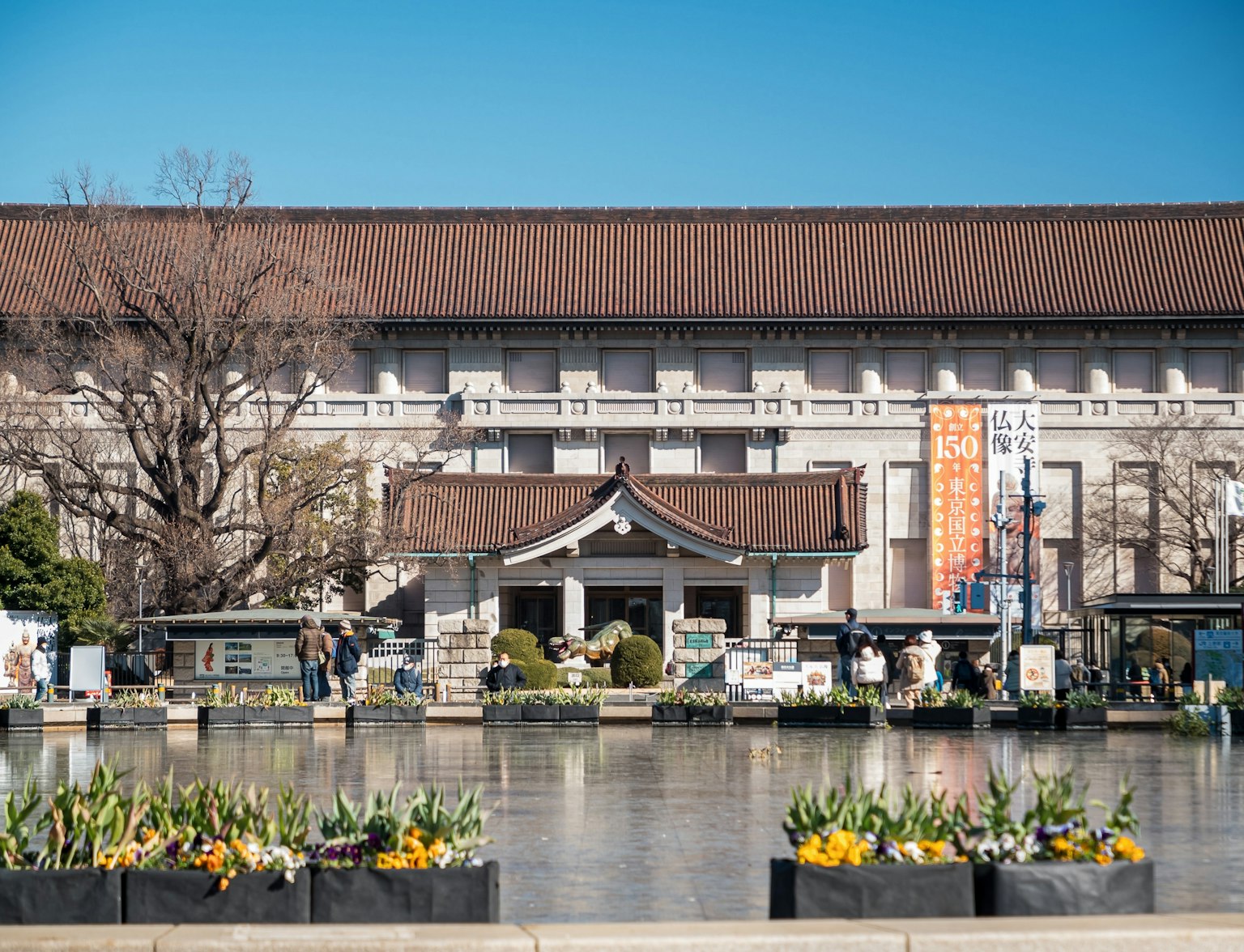
Learn more about Japanese history in Tokyo National Museum.
Development of Trade and Economic Activities
The Kofun period also witnessed the development of trade and economic activities. The increased interaction with the Korean peninsula and China led to the introduction of advanced technologies, new agricultural practices, and the Chinese writing system. These exchanges significantly impacted the economic landscape of Japan.
The growth in trade and economic activities further strengthened social hierarchies. The ruling class controlled the production and distribution of key resources, such as iron and rice, reinforcing their power and authority. The spread of wet-rice cultivation, a labor-intensive practice, led to the emergence of a class of free peasants and artisans who supported the ruling elite.
Notable Art and Architecture of the Kofun Period
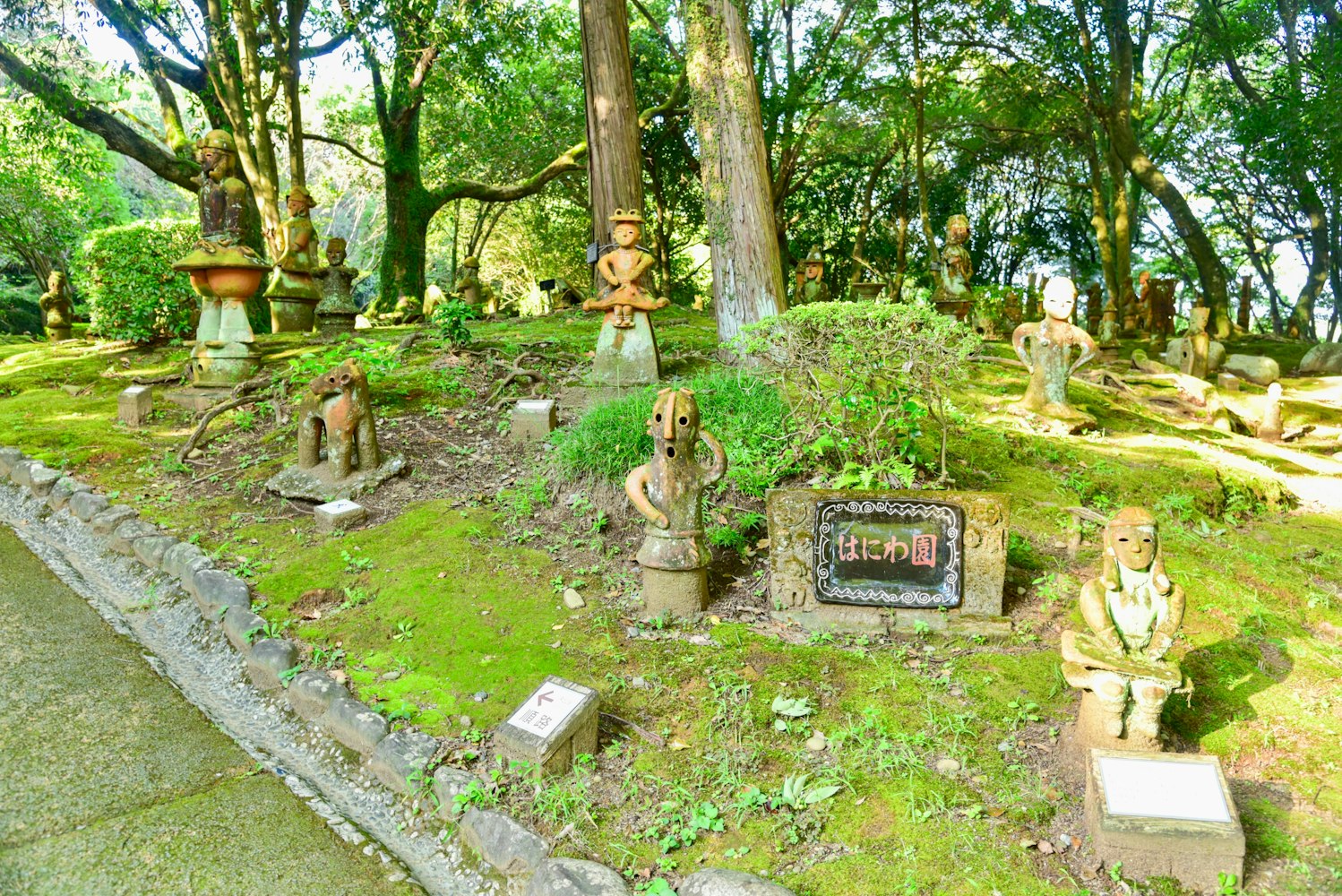
The Haniwa Terracotta Figures
One of the most distinctive art forms of the Kofun period was the creation of Haniwa terracotta figures. These clay sculptures were often placed on and around Kofun burial mounds as a form of funerary art. The Haniwa figures displayed contemporary clothing, hairstyle, farming tools, and architecture, making them valuable resources for understanding the societal context of the era.
The Haniwa figures ranged from simple cylindrical forms to complex human and animal shapes, reflecting the artistic diversity of the time. They depicted various aspects of society, including warriors fully armed, decorated horses, and even everyday life scenes. This artistic trend not only showcased the skills of Kofun potters but also gave us a glimpse into the cultural and social dynamics of the period.
The Kofun Tumuli (Burial Mounds)
The Kofun tumuli or burial mounds are another significant architectural achievement of the Kofun period. Typically keyhole-shaped and surrounded by moats, these structures were an impressive display of power. The largest known kofun is the Daisen Kofun in Sakai City, Osaka, believed to be the tomb of Emperor Nintoku.
Beyond their size, the Kofun tumuli were also notable for their internal structure. The most characteristic was the chambered tomb design, which often contained valuable grave goods. Over time, dwelling houses and other buildings diversified in form and construction technique, further demonstrating the architectural prowess of the Kofun period.
Influence of Korean and Chinese Artistic Styles
The influence of Korean and Chinese artistic styles also marked the Kofun period. One notable contribution to pottery during the Kofun period was Sueki (or Sue) ware, first produced in the mid-fifth century. This pottery style, with its high-fired and wheel-thrown traits, showcased the influence of Korean pottery technique.
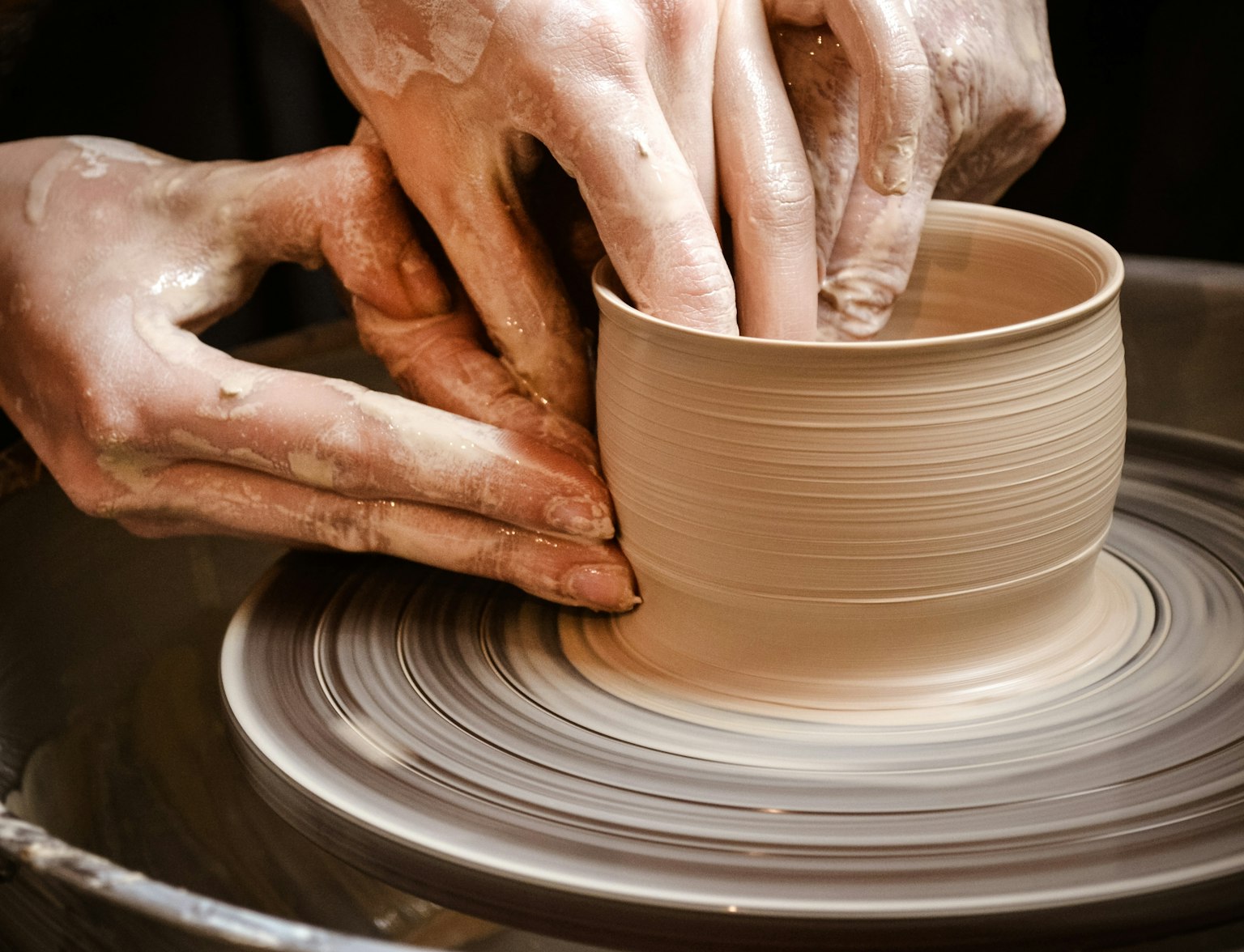
Explore the timeless art of Japanese pottery in Tokyo's Omotesando neighborhood.
The Chinese influence, on the other hand, is evident in the political structure and religious practices of the time. The adoption of Buddhism, which came to Japan via the Korean peninsula, brought about significant changes in religious art and architecture. However, while these influences played a role in shaping the art and architecture of the Kofun period, a distinctly Japanese style also emerged during this time, setting the foundation for the classical Asuka and Nara periods that followed.
Impact of the Kofun Period on Later Japanese History
The Kofun period played a crucial role in shaping the political landscape of Japan. It was during this time that the country saw the rise of a centralized state under the Yamato clan. This clan, which rose to dominance over the Japanese islands of Honshu and Kyushu in the fifth century CE, laid the foundations for the imperial family. The Yamato period, often used interchangeably with the Kofun period, marked significant changes in society and the emergence of a more cohesive political structure.
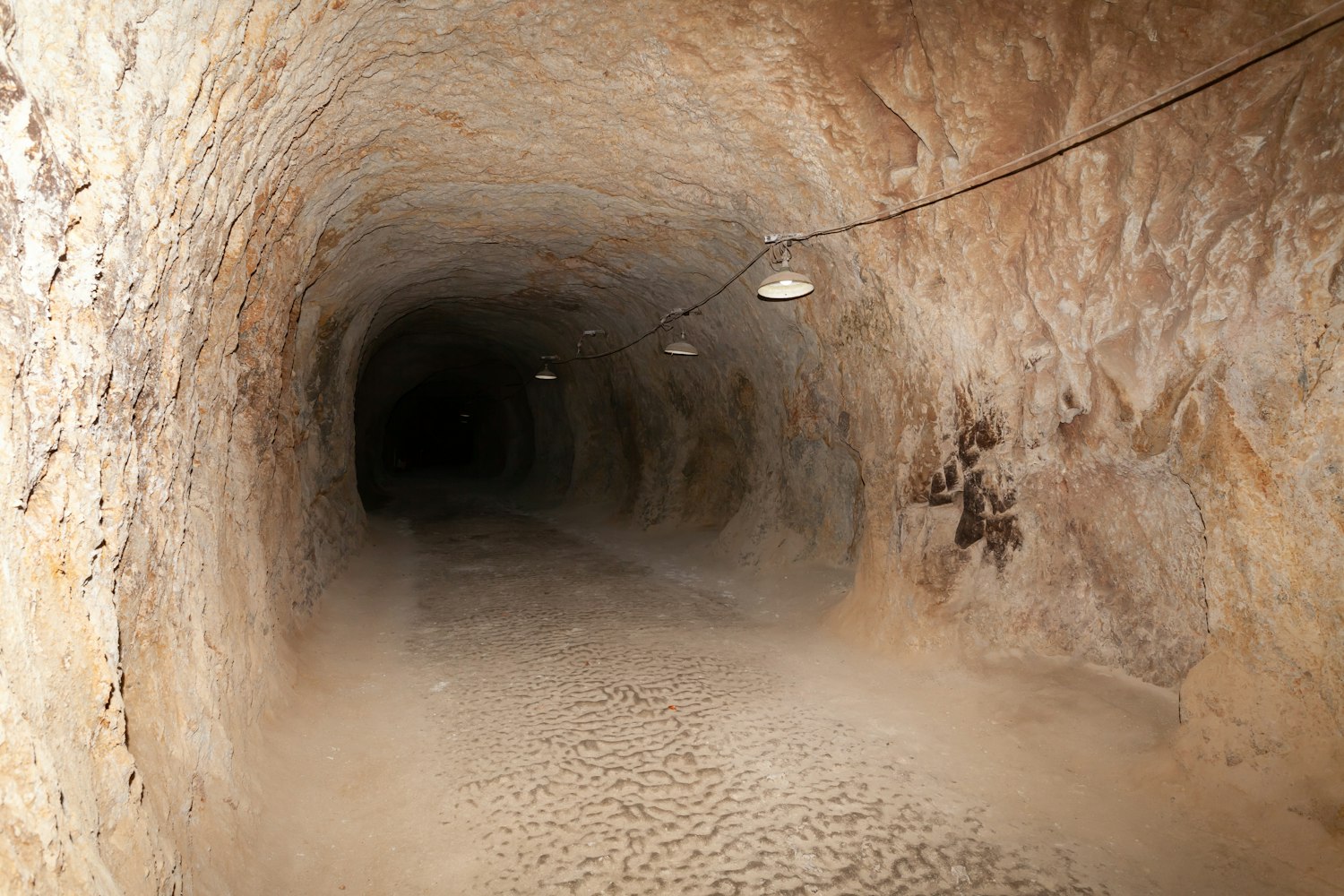
The construction of keyhole-shaped mounds and burial treasures with the dead, practices transmitted to Japan from the Asian continent around the third century AD, were symbolic of the power and authority of the ruling class. The transition from early tombs to monumental burial mounds of the Kofun period reflected the increasing complexity of social hierarchies and the consolidation of political power.
The Development of the Japanese Writing System
The Kofun period also had a significant impact on the development of the Japanese writing system. With increased interaction with the Korean peninsula and China, Japan was introduced to the Chinese writing system. These exchanges greatly influenced the cultural and intellectual life of the Japanese archipelago.
The adoption of Chinese characters not only enabled the recording of historical events but also facilitated the propagation of Buddhism, a religion that came to Japan via the Korean peninsula. The Nihon Shoki, one of the oldest chronicles of Japan written in Chinese characters, was compiled in the early eighth century, reflecting the lasting influence of the Kofun period on Japanese literature and historiography.
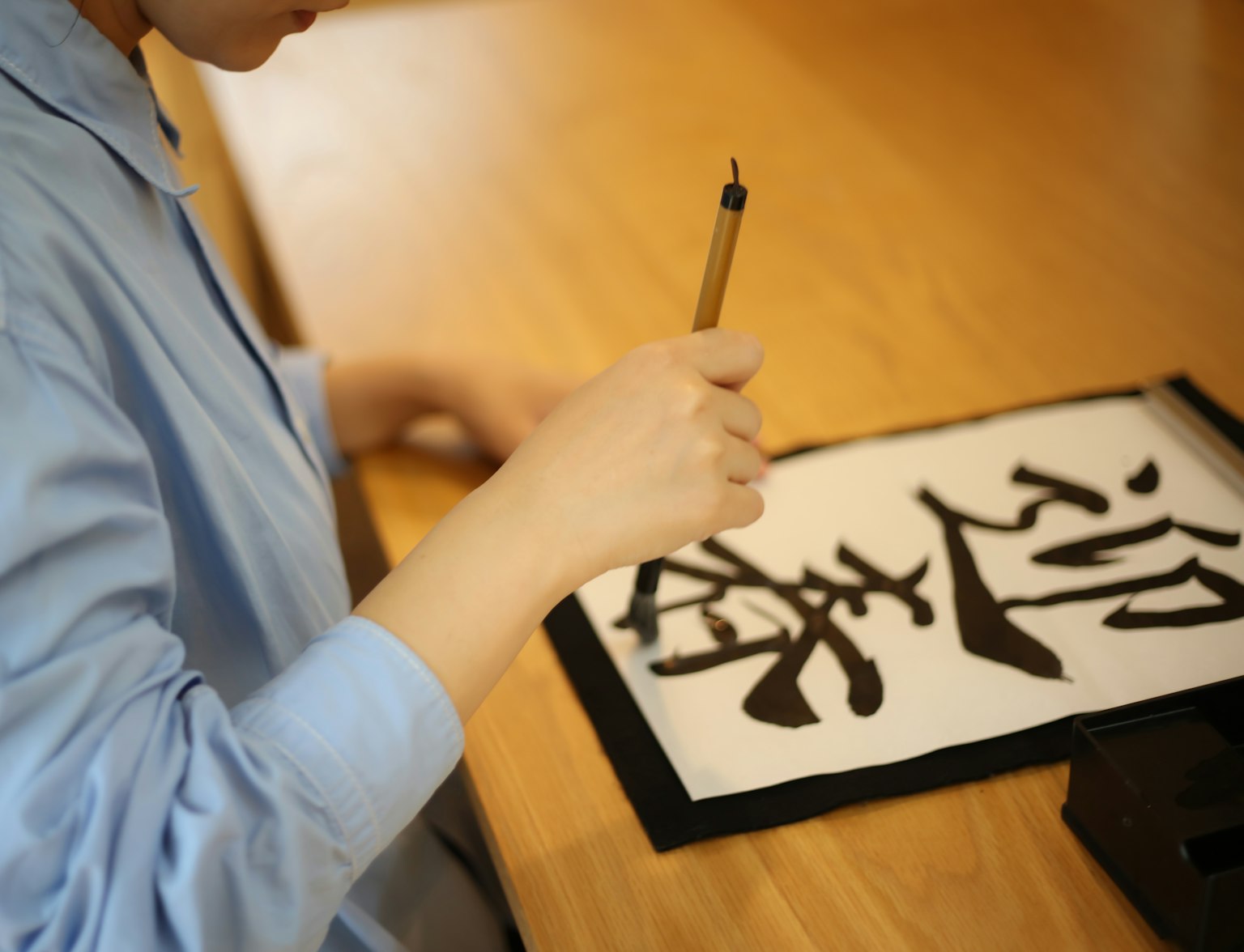
Learn how to write these adopted Chinese characters in this workshop.
Influence on Religious Practices and Beliefs
The Kofun period left a profound impact on religious practices and beliefs in Japan. During this period, Shinto shrines began to emerge, reflecting the indigenous religious beliefs centered around kami spirits. The practice of building sepulchral mounds was also closely tied to religious and ritual life, with burial goods often including items for ritual use.
The influence of the Asian continent, particularly Korea and China, led to the introduction of Buddhism to Japan. This new religion brought about significant changes in religious art and architecture. Despite these foreign influences, a distinct Japanese style emerged during the Kofun period, which continued to shape religious practices and beliefs in subsequent periods.
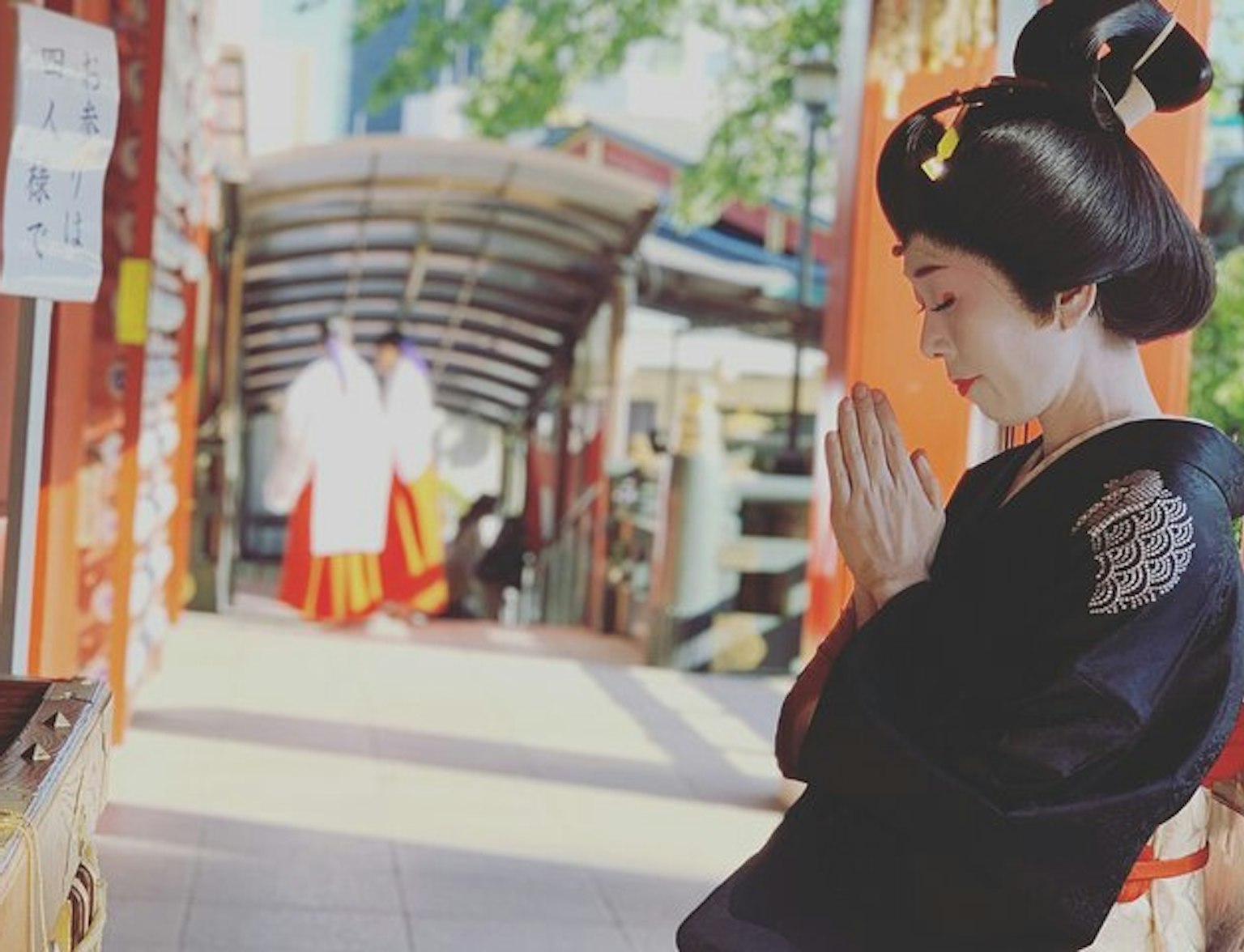
Learn more about Shinto practices in Kanda Shrine.
Archaeological Discoveries from the Kofun Period
Archaeologists have unearthed several significant Kofun period sites that provide valuable insights into this era. One of the most notable is the Nisanzai Kofun, a large-scale keyhole-shaped mound located in the Mozu Tomb Group in Osaka Prefecture. As the third-largest tomb in the group and seventh overall, it offers unique insights into the burial practices of the Kofun period, especially those associated with the ruling elite.
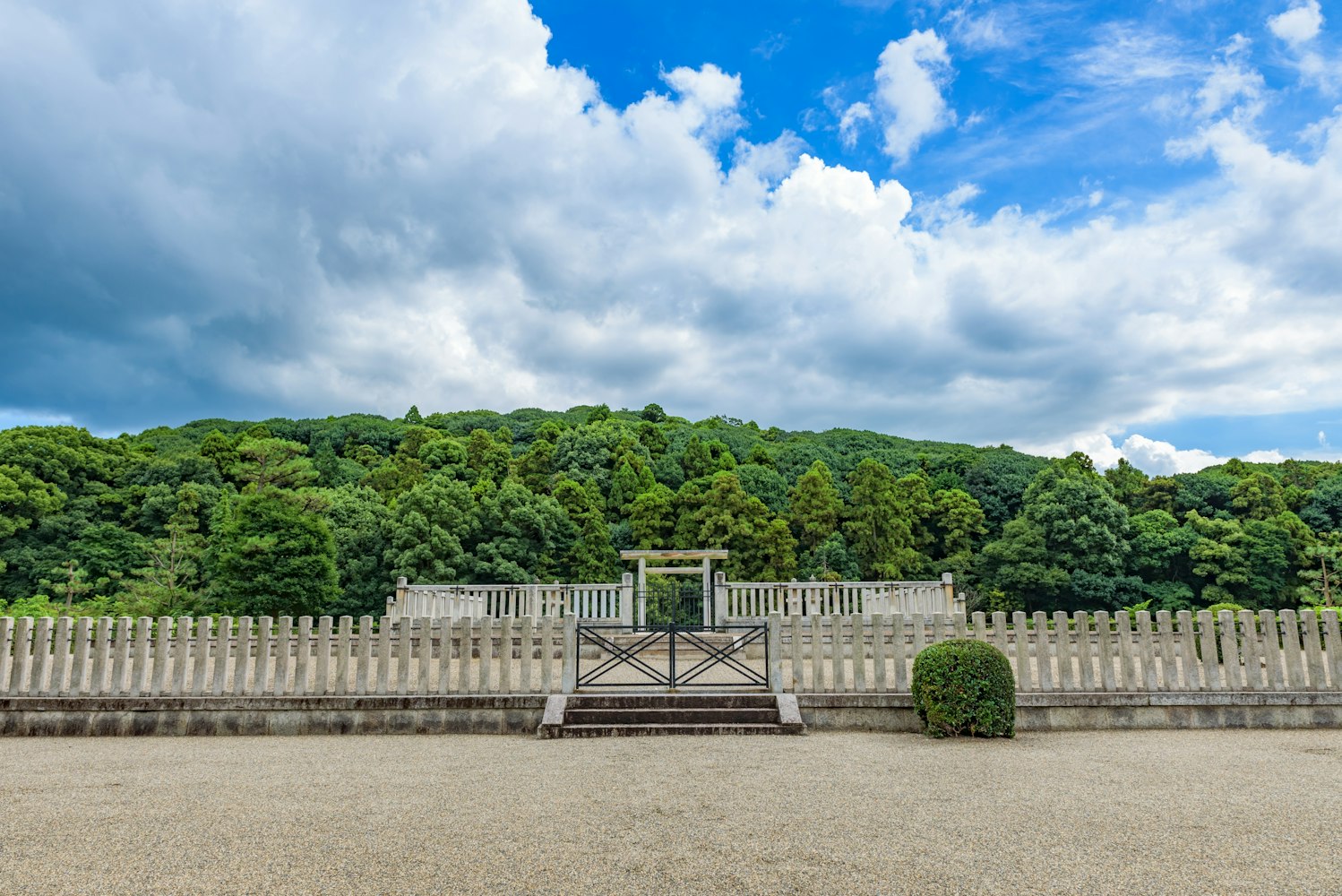
Another important site is the Onaka ruins, remnants of a village that existed from the early Kofun to the late Yayoi Period (1,900–1,800 years ago). These archaeological findings help researchers understand the daily life and societal structures of the time.
The Mozu-Furuichi Kofun Group, located on a plateau above the Osaka Plain, includes 49 kofun and is recognized as a World Heritage Site. These tombs were primarily for members of the ruling class, further emphasizing the power dynamics of the Kofun period.
Artefacts Found and What They Tell Us About the Time Period
The artifacts discovered within the Kofun provide invaluable information about the people and culture of the time. Inside excavated tombs, archaeologists have found a variety of items, including mirrors, swords, armor, earrings, bracelets, equestrian gear, crowns, shoes, terra cotta figures, and personal effects. These burial goods suggest the wealth and status of those interred within the mounds.
The presence of items like equestrian gear indicates the importance of horses in warfare and ceremonies during the Kofun period. The personal effects and vest-like garments found provide insights into the daily life and fashion of the era. Additionally, the discovery of terra cotta figures, or haniwa, which were often placed around the burial mounds, offer unique insights into the religious and artistic practices of the time.
Current Preservation Efforts
Preserving the archaeological sites and artifacts from the Kofun period is crucial for understanding Japanese history and culture. The Mozu-Furuichi Kofun Group's recognition as a World Heritage Site is one such effort to acknowledge and preserve these ancient burial sites. This designation helps ensure these sites are protected and maintained for future generations.

Museums also play a significant role in preservation efforts. Institutions like the Metropolitan Museum and Hyogo Prefectural Museum house collections from the Kofun period, providing a space for these artifacts to be studied and appreciated. Through these efforts, the rich heritage of the Kofun period continues to be preserved and shared, offering valuable insights into this formative period of Japanese history.
Conclusion
The Kofun period, with its monumental burial mounds and intriguing artifacts, holds a significant place in Japanese history. It was a time of political consolidation, cultural exchange, and artistic innovation that shaped Japan as we know it today. The archaeological sites and artifacts from this era continue to provide us with invaluable insights into the social structures, religious practices, and daily lives of the people during the late Kofun period.
We at TripToJapan are dedicated to providing authentic and enriching travel experiences. Our carefully curated tours take you to these awe-inspiring Kofun period sites, allowing you to experience the ancient history of Japan firsthand. We invite you to join us and embark on an unforgettable journey through time.
Don't miss out on this unique opportunity. Visit our website today to book your tour and experience authentic Japan in all its historical grandeur. Let's explore the past together and create lasting memories. Book now!



